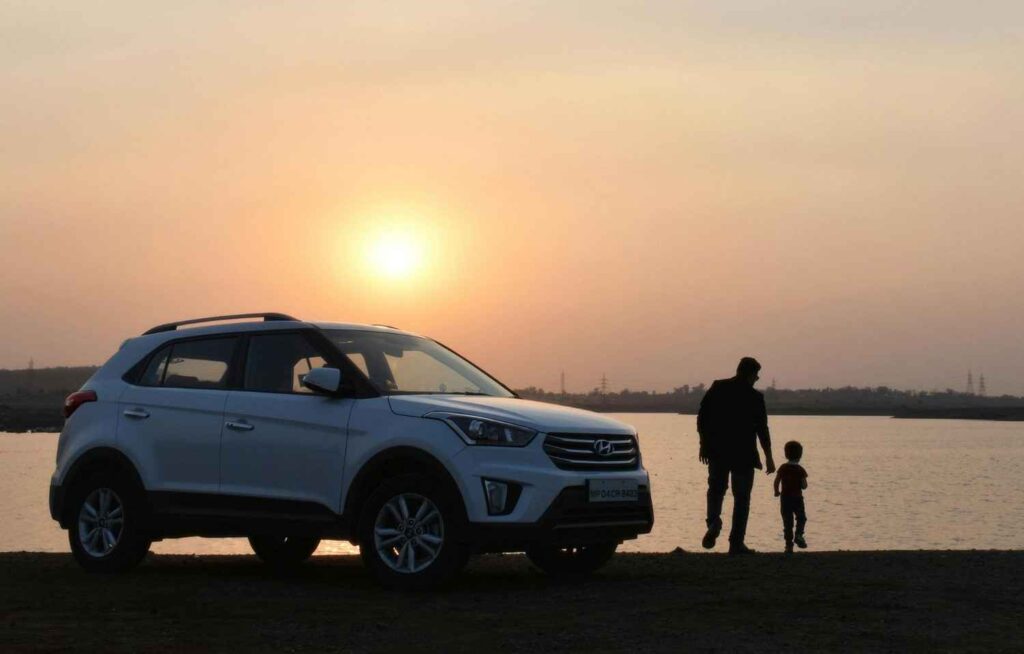Hi, I’m Luke. I’ve been helping people figure out car insurance for years. I know it can be confusing, and frankly, most people just want to avoid overpaying while staying legal on the road.
If you’re here, you probably want to cut through the noise and get the cheapest liability-only car insurance you can – without making a mistake that’ll bite you later.
Let’s walk through what liability-only really is, who it’s right for, how much it costs, and how you can find the best deal without the usual hassle.

What Does Liability-Only Car Insurance Cover?
First things first. Liability-only insurance is the bare-bones coverage most states require you to have to drive legally.
It pays for damage you cause to other people in an at-fault accident – both their car repairs and their medical bills.
What it doesn’t pay for is your own car.
If you rear-end someone, liability covers their damage. Your own repairs? That’s on you.
That’s why it’s cheaper than full coverage. There’s less risk for the insurer. But it also means you’re taking on more risk yourself.
Are you curious about: My Car Caught On Fire Will My Insurance Cover It?
Who Should Consider Liability-Only Insurance?
Here’s my honest, professional take. Liability-only is a smart move for some drivers, and a bad idea for others.
You should think about liability-only if:
- Your car isn’t worth much. (If it’s totaled, you can afford to walk away or replace it.)
- You want to meet your state’s legal minimum requirements for the lowest price.
- You’re comfortable covering your own repair costs in an accident.
But it’s not for everyone.
I wouldn’t recommend it if:
- You have a newer or expensive car you can’t easily replace.
- You’re still paying off a car loan (lenders usually require full coverage).
- You’d be financially wrecked if you had to pay out of pocket after a wreck.
If you’re on the fence, think of it like this: Liability-only protects others from you. Full coverage also protects you from the unexpected.
Read about: Does Car Insurance Cover Accidents On Private Property?
How Much Does Liability-Only Insurance Cost?
This is one of the most common questions I get. The answer is: it depends.
Premiums vary a lot by state, driver history, age, credit score, and even your car’s make and model.
But here’s a general idea:
- Low-cost states: $300–$500 per year.
- National average: $500–$800 per year.
- High-cost states or high-risk drivers: $1,000+ per year.
State minimum coverage is the cheapest option in most places. Just be aware those minimums can be very low. If you cause a big accident, you could be on the hook for anything above your limit.
My professional opinion? Don’t blindly buy the absolute minimum without checking what it really covers.

Why Liability-Only is Often the Cheapest Option
Insurers charge you less for liability-only because they’re taking on less risk. They don’t have to fix or replace your car, just pay what you owe to others.
If you’re a careful driver with an older vehicle, this can make a ton of sense.
But it’s not just about price – it’s about knowing what you’re actually buying. Too many people think “insurance is insurance,” then find out too late that their policy won’t fix their own car.
How to Find the Cheapest Liability-Only Quotes
Here’s where my experience really helps people save.
Don’t settle for the first price you see. Insurance rates vary wildly – even for the same coverage.
Here’s what I tell my clients:
- Shop around. Get at least three quotes.
- Use online comparison sites. They’re a good starting point but not the whole answer.
- Talk to local agents. Smaller, regional insurers often have better rates but don’t show up on big aggregator sites.
- Ask about discounts. Things like safe driver, good student, low mileage, or bundling home/auto can shave a lot off your bill.
- Review your limits. Make sure you’re meeting legal minimums without paying for extras you don’t need.
Example: A driver I worked with in Ohio cut his liability-only premium from $85/month to $45 just by checking two local companies most people never think about.
You might also interested in: Can I Drive a Company Car Without My Own Insurance?
Buying Liability Insurance Online
Buying online has gotten incredibly easy. Most major insurers and brokers let you:
- Enter your vehicle and driver info.
- Get a range of quotes in minutes.
- Choose your coverage level and payment plan.
- Buy instantly and get proof of insurance.
It’s convenient, but be smart:
- Don’t rely on a single site’s quote.
- Double-check the coverage details.
- Watch for hidden fees or required add-ons.
If you prefer local service, you can often start online and finish with a local agent.
Companies Known for Cheap Liability-Only Policies
I’ve helped clients work with all the big names – and plenty of smaller ones.
Here are some insurers consistently offering competitive liability-only rates:
- GEICO: Often cheapest for good drivers. Easy online experience.
- Progressive: Good for high-risk drivers or unusual situations.
- State Farm: Reliable agents, personal service.
- Nationwide: Strong discounts if you qualify.
- Regional/local companies: Don’t underestimate these. Often the absolute lowest price, especially in smaller states.
My advice? Don’t get hung up on brand alone. The best company is the one giving you the coverage you need at the price you want.
Tips to Lower Your Liability-Only Premium
Even though liability-only is the cheapest type of policy, you can often make it even cheaper.
Here are proven strategies I share with clients:
- Keep a clean driving record. Tickets and accidents raise your rates for years.
- Ask about every discount. Safe driver, multi-policy, pay-in-full, low mileage.
- Adjust your payment schedule. Annual payments often cost less overall.
- Consider usage-based insurance. If you drive little, these programs can save you big money.
- Review your policy annually. Life changes (like moving or switching cars) can open up better rates.
Insurance companies don’t reward loyalty automatically. You have to keep them honest by checking your options regularly.
Minimum Coverage Varies by State
One last critical point. Every state has different minimum liability requirements.
For example:
- California minimum: $15,000 bodily injury per person / $30,000 per accident / $5,000 property damage.
- Texas minimum: $30,000 / $60,000 / $25,000.
If you buy only the minimum, know what you’re actually covered for.
Accidents can easily exceed these limits, leaving you personally responsible for the rest. Sometimes paying a few bucks more for higher limits is the smarter call.
Final Thoughts
Liability-only car insurance can be a fantastic way to save money if it fits your situation.
But don’t just buy the cheapest policy you see without understanding what you’re getting.
As someone who’s helped thousands of drivers navigate this, my best advice is simple:
- Know what liability covers – and what it doesn’t.
- Shop multiple companies.
- Don’t be afraid to ask questions or negotiate.
- Make sure you can live with the risk you’re taking on.
If you do that, you can save real money without putting yourself in a bad spot down the road.
If you have any questions or want help finding the right policy, feel free to reach out. I’m always happy to help people make sense of this stuff.




[…] Also read: Cheapest Liability-Only Car Insurance […]
[…] strategic about it. If you’re wondering how risk categories compare, check out this piece on liability-only insurance – it gives you a good idea of how insurers price different types of […]
[…] Households with multiple cars where one gets light useIf you drive less than 6,000 miles annually, you’re almost certainly overpaying with traditional insurance. It’s worth comparing your options, especially if you’re looking for cheap liability-only insurance. […]
[…] you’re leaning toward dropping full coverage, consider reading this guide to liability-only car insurance to understand what that looks like in […]
[…] you’re shopping around, check out our guide to cheapest liability only car insurance to see how trimming coverage can help in certain […]
[…] cautious – liability won’t repair your car after an accident. I wrote a detailed guide on the cheapest liability-only car insurance that can help you weigh the risks versus […]